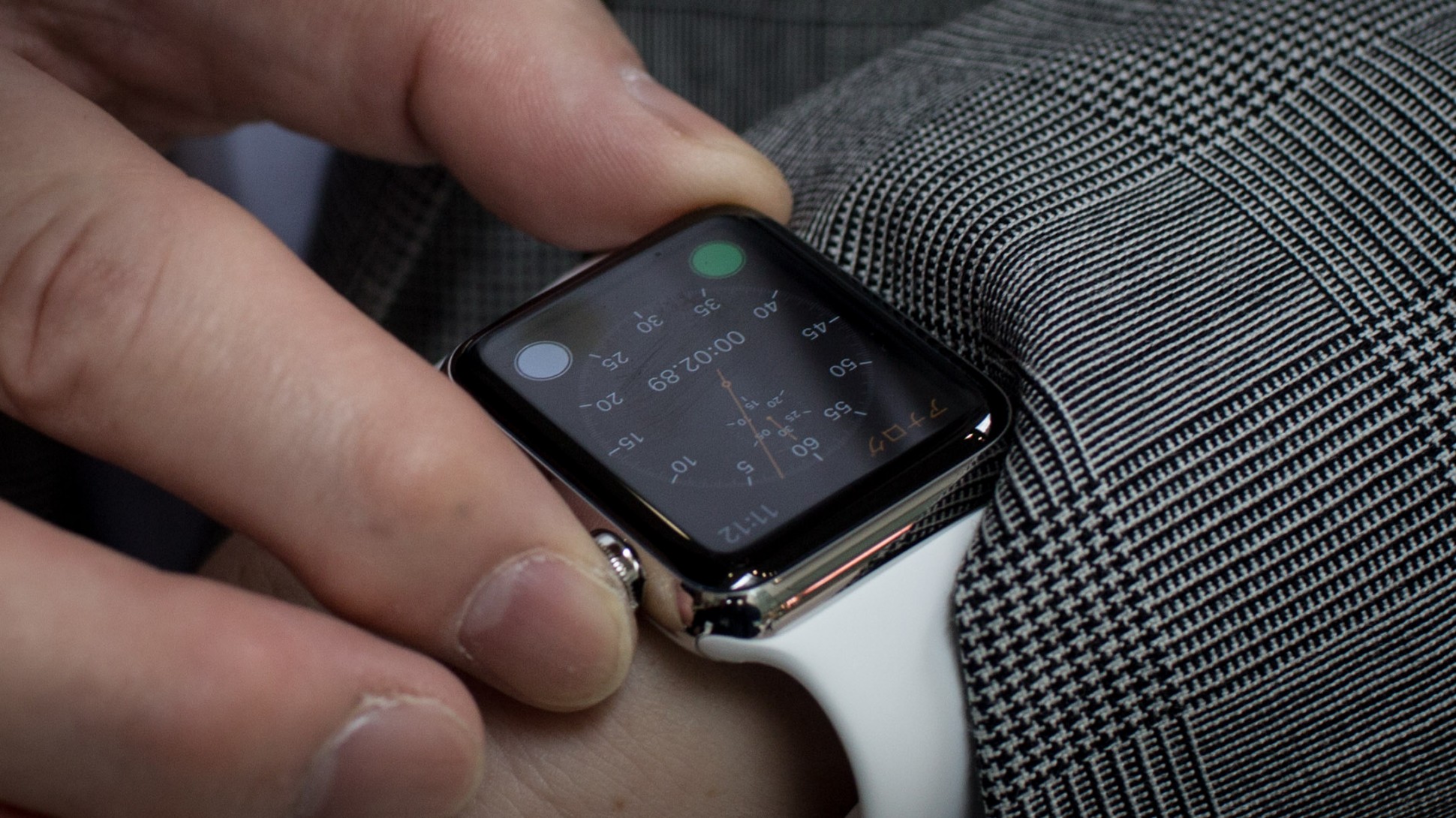
How is the Apple Watch Doing?
A great piece by Benedict Evans on the Apple Watch and how it’s doing roughly 4 months into availability. Evans makes some great points on how great products are often confusing at first, pointing to the iPod and iPhone.
New Apple product categories tend to compress the hype cycle, going from elation to despair and back again before anyone outside Cupertino has even laid hands on the thing. They also tend to create confusion – what is this thing, is it useful, and why would I want it? Confusion is the mark of a transformative product – the iPod or iPhone, for example. But it’s also the mark of a failed product, such as Google Glass.
He continues on talking about how the Watch isn’t so much a wow product, but more about little conveniences.
Walking directions are a good example: no more pulling your phone out to check the route every block as you walk through a city, just glance at your wrist. No more pulling your wallet or phone out to pay, just tap your watch and wave it over the terminal. No more pulling your phone out to see where the meeting is as you walk down the hallway, just glance at your wrist (it’s not a coincidence that Apple uses ‘Glances’ as a UI model). And triaging notifications is very different – instead of fishing your phone out to see what that buzz was, flick your eyes down and see if you need to deal with it now or later. These are some of mine, but this is software, and like the iPhone or iPad this is just glass – it can be anything. The difference is that this glass can be in your eye-line all the time.
This is exactly have I’ve felt in owning the Apple Watch. Would I cry if it was taken away from me? No. But do the small things matter enough for me to want it? Absolutely.
That’s what makes it so hard for Apple to position this thing and say “this is what it does.” For everyone it’s going to be something different. In many ways, Apple’s success of the iPhone and App Store is what haunts the Apple Watch because the Watch is essentially where the iPhone 4 was right from the start. It has pretty great hardware, and a ton of developers that are ready to make apps for it. The problem with that is that it waters down the message of what the Watch is. Instead of it being three things like the iPhone was to start, it’s really over 9,000 potential things.
Evans concludes:
In all this, the watch reminds me a little of Google Now. It’s not essential – you don’t NEED it. There’s nothing you couldn’t do with a smartphone, not even telling the time. But, like Now, if you let go, flow into it and just let it work, it removes a lot of small tiny daily moments of friction (this was also a common theme at IO and WWDC this year). You wouldn’t make a phone call on it, but if you’re walking up the stairs with a bag in one hand, a child in the other and a dog on your wrist, and the phone rings, seeing who it is, tapping ‘Answer’ with your nose (an under-hyped interface innovation) and saying a few words without stopping or putting anything down is, well, a superpower. It’s as though you’re Elastigirl, doing the laundry.
Evans is right and I’ve agreed with him on several occasions. You don’t need the Watch in the same way you don’t need the iPad and you didn’t need the iPod. With that being said, if this is just the start of the conveniences this thing is going to offer, I believe it’s going to be a big hit.